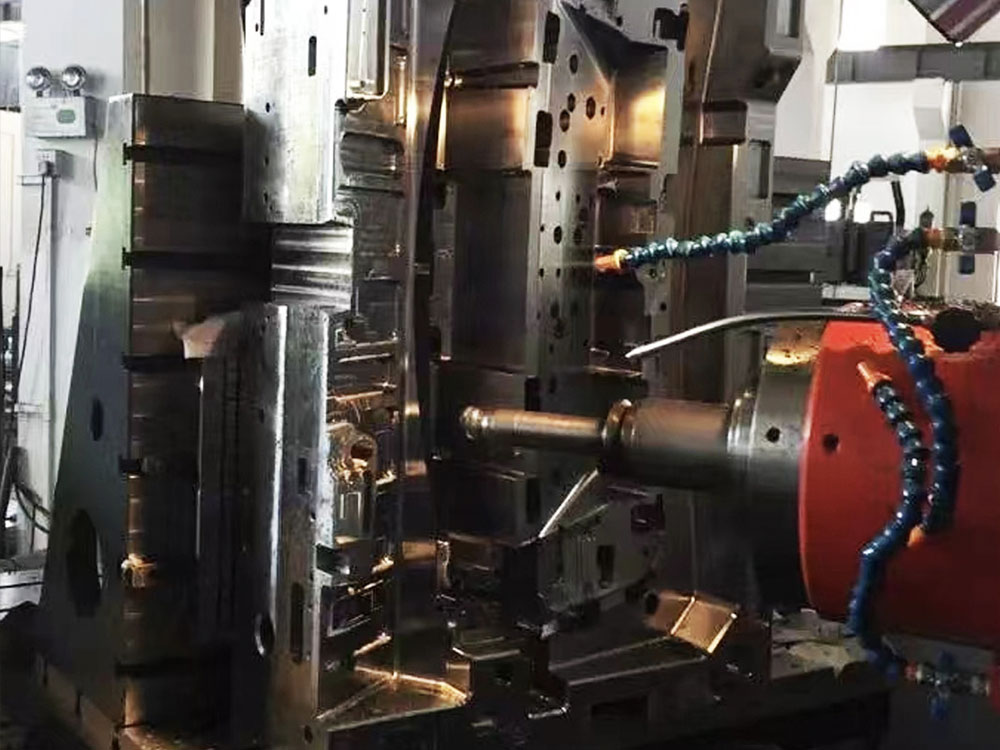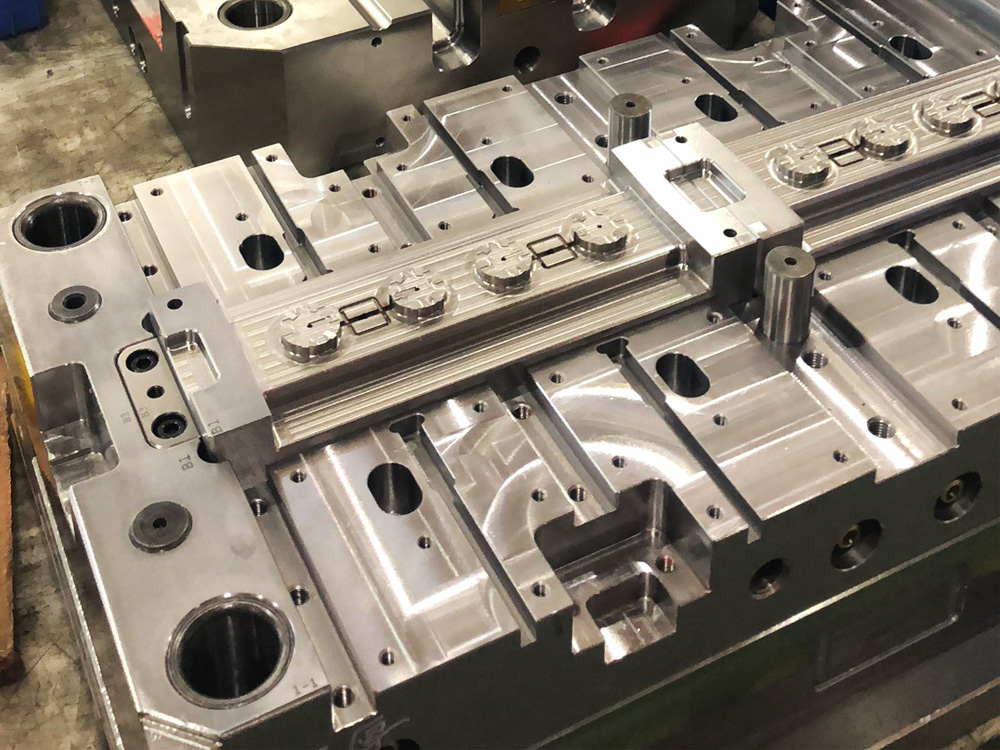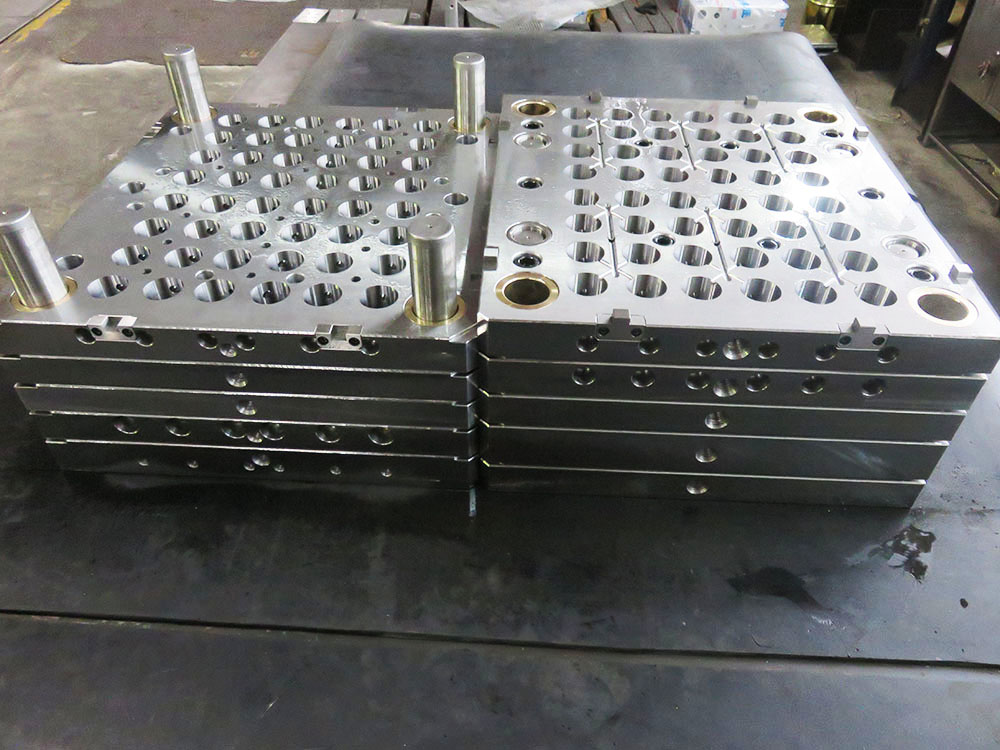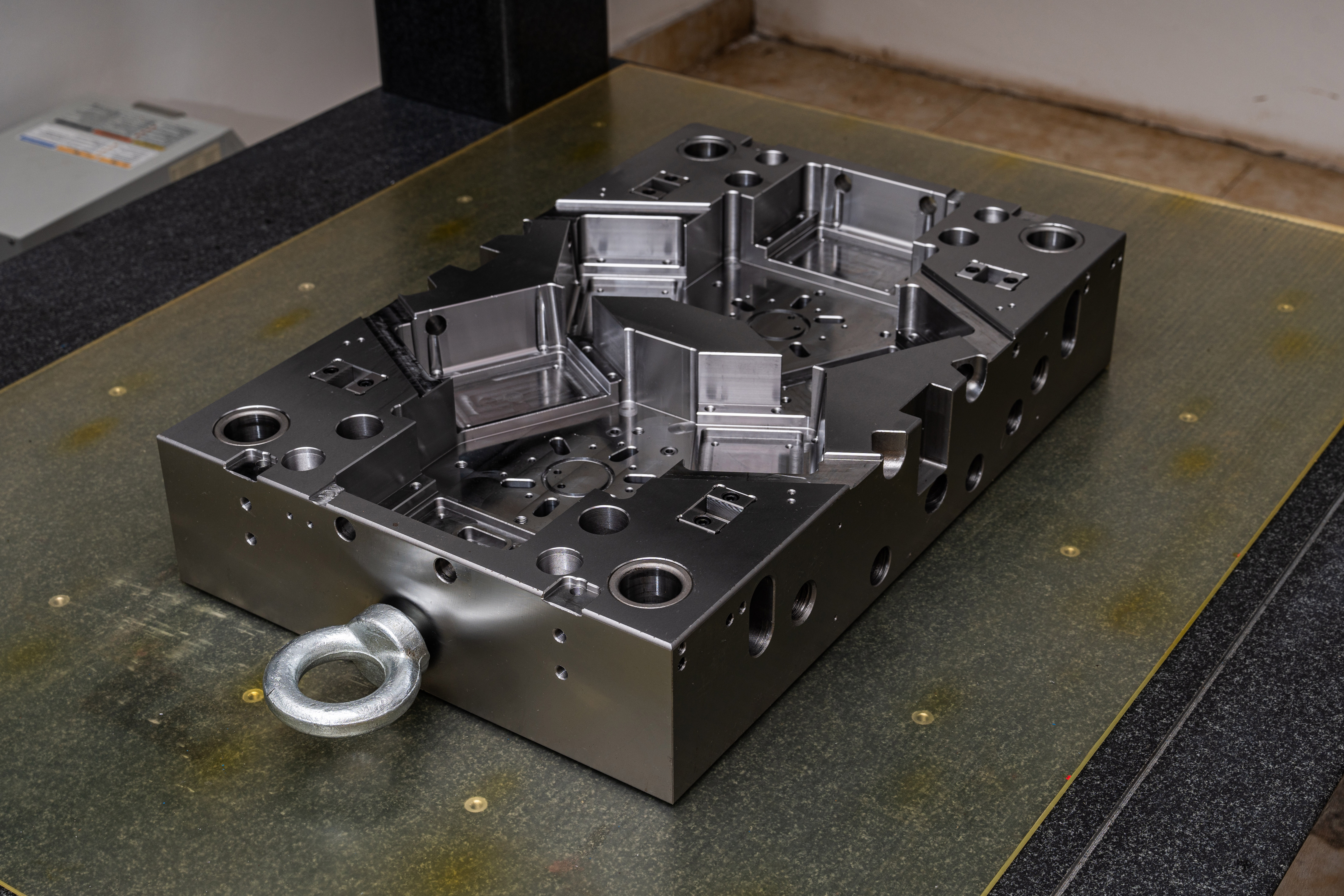How to Produce a Visually Appealing Model Framework in the Mold Base Industry
In the mold base industry, producing a visually appealing model framework is essential for creating high-quality products that meet the demands of customers. A well-designed framework not only enhances the aesthetics of the product but also improves its functionality and efficiency. In this article, we will explore the key steps to produce a visually appealing model framework in the mold base industry.
Step 1: Understanding Customer Requirements
The first and foremost step in producing a visually appealing model framework is to clearly understand the requirements of the customers. This involves engaging in thorough discussions with the customer to gather insights into their expectations, preferences, and specific design elements they want in the framework. By understanding the customer's vision, it becomes easier to align the design process and create a framework that addresses their needs.
Step 2: Conceptualizing the Design
Once the customer requirements are clear, the next step is to conceptualize the design of the model framework. This involves brainstorming ideas, sketching rough designs, and exploring different design elements that can be incorporated into the framework. Careful consideration should be given to elements such as curves, angles, proportions, and the overall layout to ensure a visually appealing design.
Step 3: Leveraging CAD Software
To bring the design concept to life, mold base industry professionals rely heavily on computer-aided design (CAD) software. This software enables precise modeling and visualization of the framework. Various CAD tools and features are used to create 3D models, adjust dimensions, apply textures and colors, and simulate the real-world behavior of the framework. Utilizing CAD software significantly enhances the efficiency and accuracy of the design process.
Step 4: Selecting High-Quality Materials
The choice of materials plays a crucial role in producing a visually appealing model framework. High-quality materials not only enhance the overall appearance but also ensure the longevity and durability of the framework. Mold base industry professionals carefully select materials based on factors such as strength, aesthetics, chemical resistance, and cost-effectiveness. Combining different materials intelligently can create interesting visual effects, adding to the attractiveness of the framework.
Step 5: Applying Aesthetic Finishing Touches
Once the model framework is created, it is important to apply aesthetic finishing touches to enhance its visual appeal. This includes surface treatments such as polishing, painting, and coating to achieve the desired texture, glossy finish, or color. Attention to finer details is crucial at this stage, as even small imperfections can compromise the overall appeal of the framework. Experienced professionals in the mold base industry use their expertise to ensure a flawless finish.
Conclusion
Producing a visually appealing model framework in the mold base industry requires a systematic approach that revolves around understanding customer requirements, conceptualizing designs, leveraging CAD software, selecting high-quality materials, and applying aesthetic finishing touches. By following these steps, professionals in the industry can create model frameworks that are visually attractive, functional, and meet customer expectations. The ability to produce visually appealing model frameworks not only enhances the reputation of mold base businesses but also contributes to the success of their products in the market.




